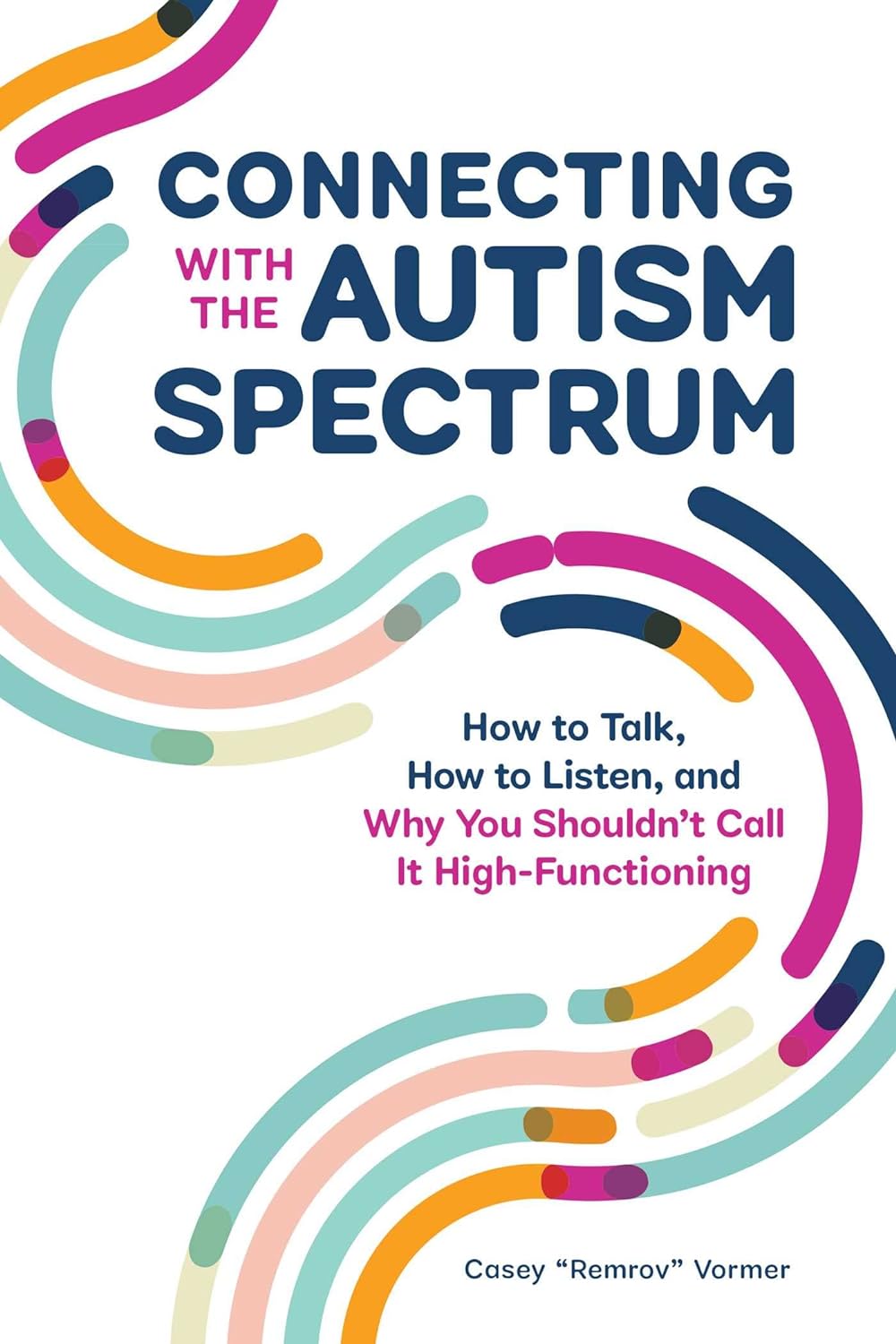
The complete guide to connecting with adults on the autism spectrum
For a friend, family member, or coworker with autism, communication can be challenging. But Connecting with the Autism Spectrum can help you find common ground with expert tips and helpful insights about talking (and listening) to neurodiverse adults so you can make your interactions more transparent, meaningful, and rewarding for all.
Written by Casey Vormer, a self-taught artist and autism advocate, this comprehensive guide is a trusted source for understanding neurodiversity that features a brief introduction to the autism spectrum. It also provides easy communication strategies like active listening and positive encouragement as well as steps to avoid misunderstandings by teaching how to recognize biases and correct them. Additionally, you’ll learn why the term “high functioning autism” is a misnomer to define members of this vibrant community.
“It’s important to look at every autistic person individually and recognize their obstacles–but more importantly, we should acknowledge their skills and avoid labeling them with ‘high functioning autism’ or ‘low functioning autism’ altogether,” Vormer says.
Unlike other autism books, Connecting with the Autism Spectrum delivers:
An easy approach–Discover the best ways to communicate with those living with autism.
Situational success–Find the right information for various situations and settings, including school, work, and social relationships.
A sensitive tone–Get valuable information from a clear, honest point of view that does not seek to “cure” or manipulate people.
Learn how to communicate better with those on the autism spectrum with this informative book
See:
Why is toe walking associated with autism?
How to stop toe walking in autism?

